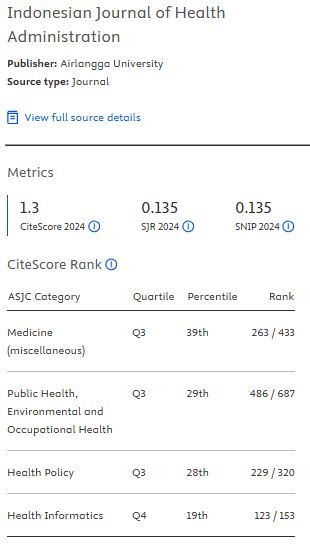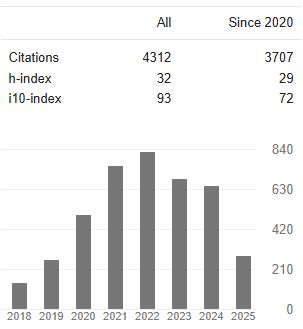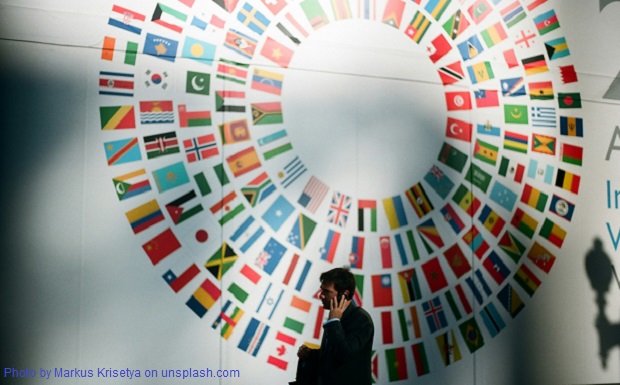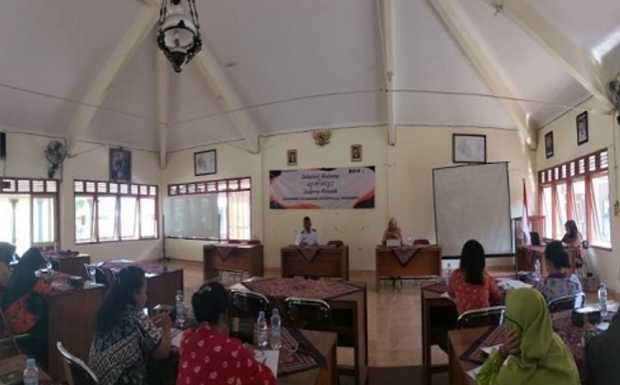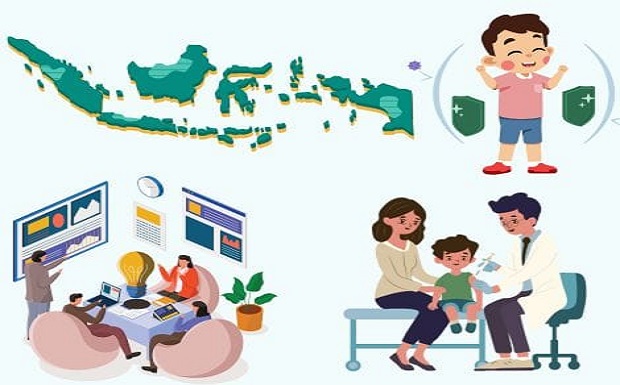Analisis Antrian Pelayanan Obat Non Racikan di Instalasi Farmasi Rawat Jalan
Downloads
ABSTRACT
During 2013 until 2014, pharmacy outpatient services had not reached indicator of the standard minimum service. The average time of respons time was over the standard minimum service. It caused complain from patient, in 2014 the highest complain was 83% about time services. The objective of this research was to find better model queueing system to decrease the waiting time.This study is a quantitative descriptive study with cross sectional design and observational method. The sample calculated by proportional random sampling formula, with 74 prescription and collected by accidental random sampling in peak time. Primary data was obtained by observation and secondary data was collected from documentations in pharmacy outpatients service. The highest service time occured in drugs preparation process with 3.71 minutes and the highest waiting time occured in last checking drugs process. The highest utilization rate occurred in drugs preparation process with 256% and after simulation became 73% with increased service rate in 81%. The lowest utilization rate occurred in giving drugs process was 19%.The conclusion from this study was the drugs preparation process had high workload and caused queueing. A suggestion from this research was to add workload for giving drugs process to help drugs preparation process.
Keywords: outpatient pharmacy, queueing system, simulationAhse, N.S. (2014). Analisis Sistem Antrian untuk Menentukan Tingkat Pelayanan yang Optimal pada Kasir (Server) Rumah Makan Kober Mie Setan Malang dengan Metode Simulasi. Jurnal Skripsi. Malang; Universitas Brawijaya.
Erlang, A.K. (2011). "Sejarah Teori Antrian” dalam modul manajemen operasional. Jakarta.
Herjunianto. (2014). Faktor yang Mempengaruhi Cakupan Layanan Farmasi di Instalasi Farmasi Rawat Jalan Rumah Sakit. Jurnal Fakultas Kedokteran Fakultas Kedokteran Volume 28.
Manullang, I. (2002). Pengembangan Model Antrian Resep di Depo Farmasi Unit Rawat Jalan "Sore Hari” RS PGI Cikini Jakarta Pusat. Tesis. Fakultas Kesehatan Masyarakat, Universitas Indonesia.
Peraturan Menteri Kesehatan No. 58 Tahun 2014 tentang Standar Pelayanan Kefarmasian di Rumah Sakit.
Russel, R.S. and Taylor B. W. (2005). Operation Management-third edition.Prentice-Hall, New Jersey.
Siagian, P., (1987), Penelitian Operasional: Teori dan Praktek, Universitas Indonesia Press, Jakarta.
Subagyo, Pangestu. Asri, Marwan. Handoko, T. Hani. (1983). Dasar – dasar Operations Research. BPFE. Yogyakarta.
Subagyo, P. (2000). Dasar-Dasar Operations Research. BPFE. Yogyakarta.
Sujoko, A. (2015). Pengembangan Model Antrian Pelayanan Obat Pasien Non Racikan di Depo 1 Unit Rawat Jalan Instalasi Farmasi RS Islam Jemursari. Skripsi. Universitas Airlangga Surabaya.
Surat Keputusan Menteri Kesehatan Republik Indonesia Nomor 1197/Menkes/SK/X/2004 Tentang Standar Pelayanan Farmasi Rumah Sakit.
Susanto, Nikolas Dwi. (2014). Analisis Waktu Tunggu Pemulangan Pasien Rawat Inap di RS Premier Surabaya dengan Teori Antrian dan Metode Six Sigma. Thesis. Fakultas Kesehatan Masyarakat, Universitas Airlangga. Surabaya.
Undang – Undang No. 44 Tahun 2009 tentang Rumah Sakit.
Riniyastuti, K. Rimawati, E. Astuti, R. (2013). Faktor – Faktor yang Berhubungan dengan Kepuasan Pasien TPPRJ RSUD RA Kartini Jepara tahun 2013. Jurnal Skripsi. Jepara
Suripto, D.A. (2013). Gambaran Pengetahuan, Masa Kerja Petugas dan Waktu Tunggu Pasien Rawat Jalan di Instalasi Farmasi RSUD Surakarta Tahun 2013. Jurnal Skripsi. Surakarta.
Sareong, K.M. (2013). Faktor yang Berhubungan dengan Kepuasan Pasien Rawat Jalan di Puskesmas Rantepao kabupaten Toraja Utara Tahun 2013. Jurnal Skripsi.
1. As an author you (or your employer or institution) may do the following:
- make copies (print or electronic) of the article for your own personal use, including for your own classroom teaching use;
- make copies and distribute such copies (including through e-mail) of the article to research colleagues, for the personal use by such colleagues (but not commercially or systematically, e.g. via an e-mail list or list server);
- present the article at a meeting or conference and to distribute copies of the article to the delegates attending such meeting;
- for your employer, if the article is a ‘work for hire', made within the scope of your employment, your employer may use all or part of the information in the article for other intra-company use (e.g. training);
- retain patent and trademark rights and rights to any process, procedure, or article of manufacture described in the article;
- include the article in full or in part in a thesis or dissertation (provided that this is not to be published commercially);
- use the article or any part thereof in a printed compilation of your works, such as collected writings or lecture notes (subsequent to publication of the article in the journal); and prepare other derivative works, to extend the article into book-length form, or to otherwise re-use portions or excerpts in other works, with full acknowledgement of its original publication in the journal;
- may reproduce or authorize others to reproduce the article, material extracted from the article, or derivative works for the author's personal use or for company use, provided that the source and the copyright notice are indicated.
All copies, print or electronic, or other use of the paper or article must include the appropriate bibliographic citation for the article's publication in the journal.
2. Requests from third parties
Although authors are permitted to re-use all or portions of the article in other works, this does not include granting third-party requests for reprinting, republishing, or other types of re-use.
3. Author Online Use
- Personal Servers. Authors and/or their employers shall have the right to post the accepted version of articles pre-print version of the article, or revised personal version of the final text of the article (to reflect changes made in the peer review and editing process) on their own personal servers or the servers of their institutions or employers without permission from JAKI;
- Classroom or Internal Training Use. An author is expressly permitted to post any portion of the accepted version of his/her own articles on the author's personal web site or the servers of the author's institution or company in connection with the author's teaching, training, or work responsibilities, provided that the appropriate copyright, credit, and reuse notices appear prominently with the posted material. Examples of permitted uses are lecture materials, course packs, e-reserves, conference presentations, or in-house training courses;


